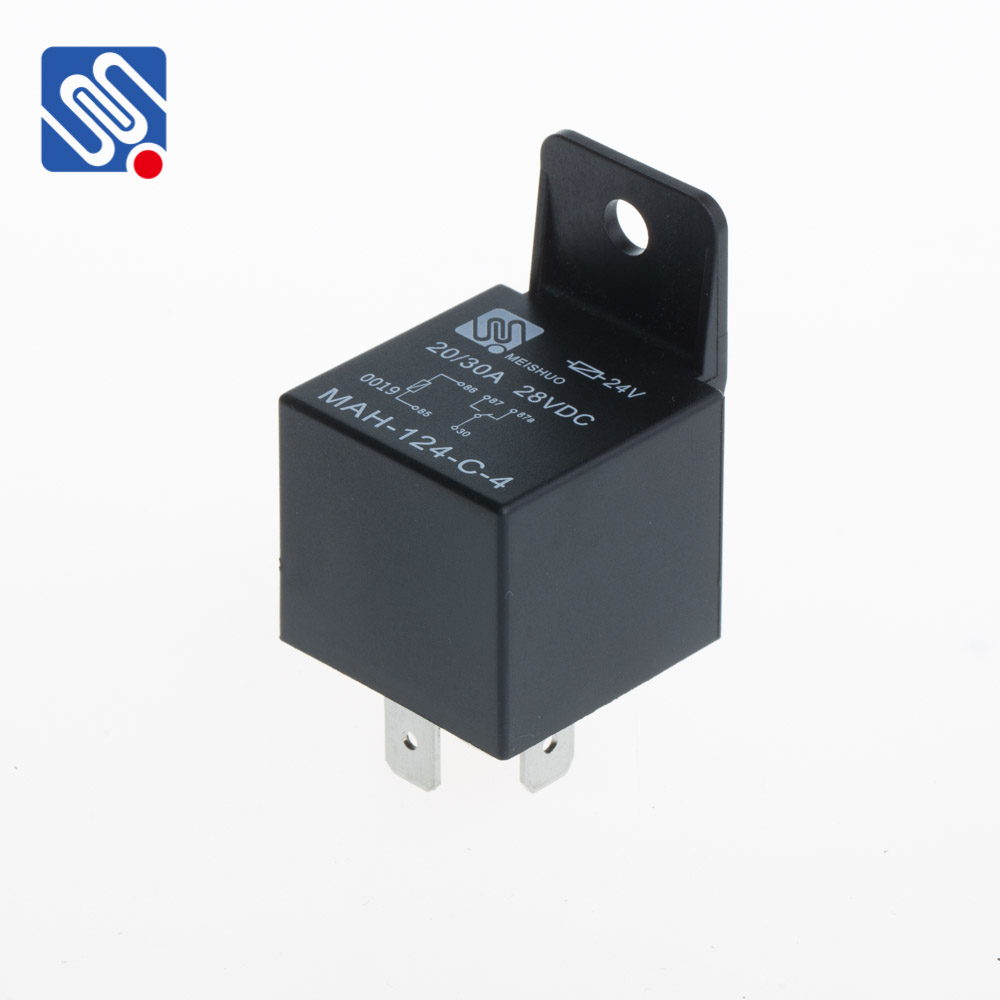一般来说,Relay operation guide 会包含以下几个方面的内容:

继电器的基本原理: 继电器是一种通过电气信号控制的自动开关装置。它可以根据输入信号的变化,控制电路的开闭。 继电器的类型: 继电器有很多种类型,包括电流继电器、电压继电器、时间继电器等,不同类型的继电器适用于不同的控制需求。 接线方式: 操作指南会说明如何正确连接继电器的电源端、输入端、输出端,以及控制信号的接入方式。 操作步骤: 包括继电器的启动、停止、调试等操作过程,并可能包括一些推荐的操作顺序。 维护和故障排除: 如果继电器出现故障,操作指南通常会提供一些常见故障的排查方法以及维修注意事项。 技术规格: 继电器的额定电流、额定电压、工作温度范围等技术参数。 如果你想了解特定型号或类型的继电器的操作指南,提供更详细的信息会帮助我给出更具体的答案。 帮我写一篇关于Relay operation guide的800字英文原创文章,并在文章前面配上一个标题,并在标题里面包含Relay operation guide Relay Operation Guide: Understanding the Basics and Best Practices Relays are essential components in modern electrical and automation systems, providing an efficient way to control the flow of electrical current. A relay is an electrically operated switch that uses an electromagnet to control one or more sets of contacts. Understanding how relays operate, their types, and the best practices for their installation and maintenance is critical for anyone working in the field of electrical engineering, automation, or industrial control. This Relay Operation Guide will help you grasp the core principles of relays, ensuring their proper use and maximizing the safety and efficiency of your systems.
Leave a Reply